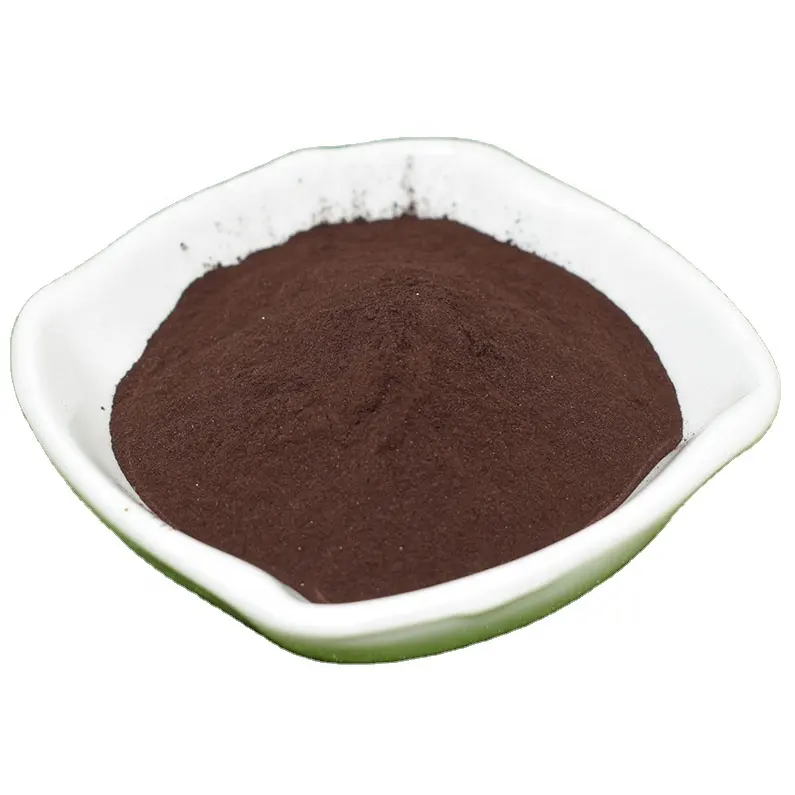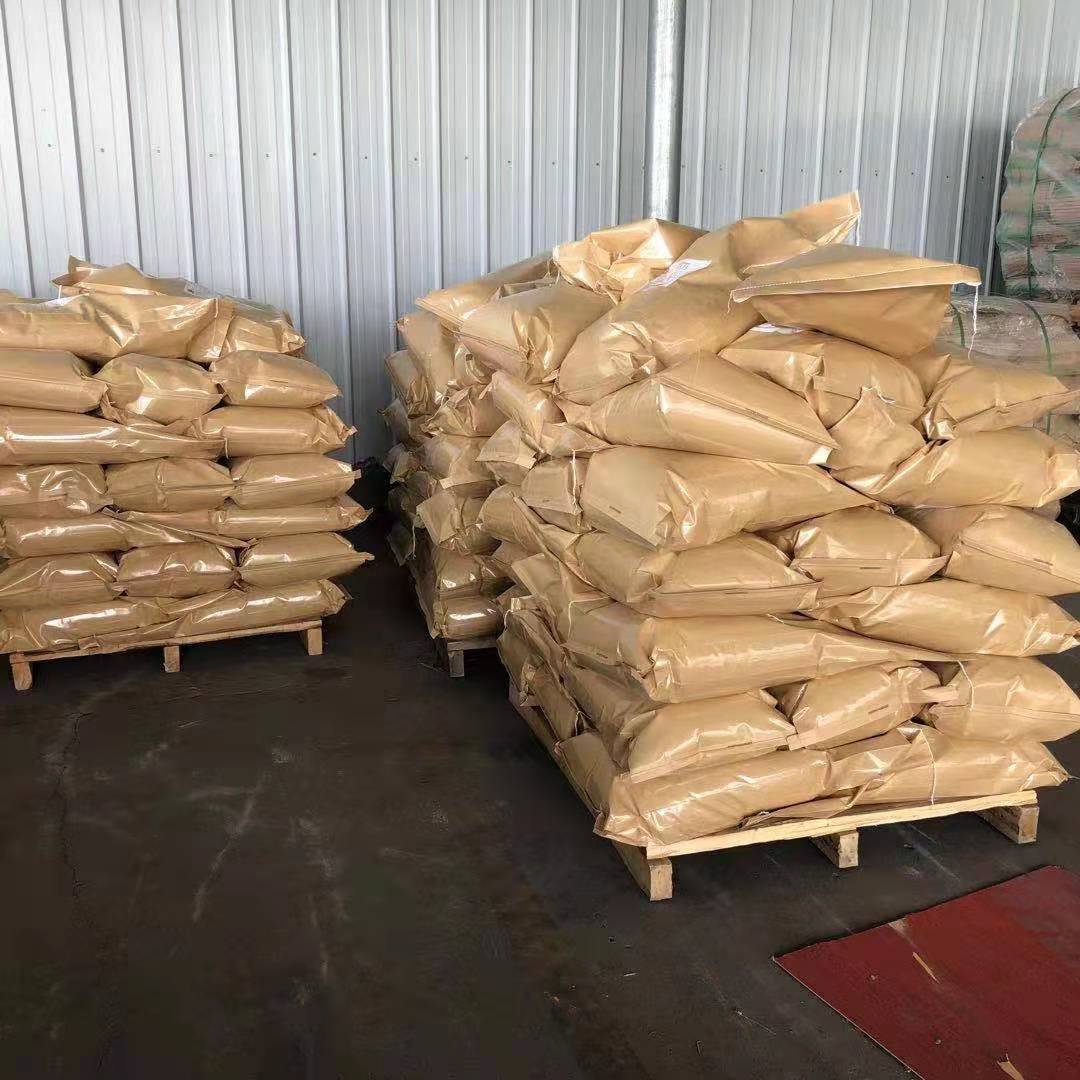
Sep . 08, 2025 19:00 Back to list
EDDHA Fe 6% Organic Chelated Iron Fertilizer - Shijiazhuang Han Hao Trade Co., Ltd.|Advanced Iron Nutrition, Broad pH Stability
Iron deficiency in plants is a common issue that can lead to reduced growth, yellowing leaves, and poor crop yields. To address this challenge, EDDHA Fe 6% Organic Chelated Iron Fertilizer offers a cutting-edge solution. Developed by Shijiazhuang Han Hao Trade Co., Ltd., this product combines the benefits of organic chelation with advanced formulation to ensure optimal plant nutrition. In this article, we explore the features, advantages, technical specifications, and applications of EDDHA Fe 6%, while also highlighting the importance of reliable standards in agricultural products, as emphasized by NIST (National Institute of Standards and Technology).
Product Overview
EDDHA Fe 6% is a highly soluble, microgranular iron fertilizer designed to prevent clogging and handling issues during application. The product utilizes EDDHA (Ethylene Diamine Di (o-hydroxyphenylacetic) Acid) as the chelating agent, which ensures the stability of iron in a wide pH range—from 3 to 10. This makes it particularly effective in soils with varying acidity levels, where traditional iron fertilizers may become ineffective. The organic chelation process enhances the bioavailability of iron, allowing plants to absorb it more efficiently.

Figure 1: EDDHA Fe 6% fertilizer in microgranular form.
Produced by Shijiazhuang Han Hao Trade Co., Ltd., a reputable company in the agricultural industry, EDDHA Fe 6% is formulated to meet the demands of modern agriculture. The product is ideal for use in both large-scale farming and small-scale gardening, offering a versatile solution for soil and plant health. Its organic composition aligns with the growing trend toward sustainable and eco-friendly agricultural practices.

Figure 2: EDDHA Fe 6% Organic Chelated Iron Fertilizer in packaging.
Technical Specifications
| Parameter | Details |
|---|---|
| Iron Content | 6% (as Fe) |
| Chelating Agent | EDDHA (Ethylene Diamine Di(o-hydroxyphenylacetic) Acid) |
| Solubility | Highly soluble in water |
| pH Stability Range | 3 to 10 |
| Form | Microgranular powder |
| Application Method | Soil drench, foliar spray, or irrigation systems |
| Storage | Cool, dry place away from direct sunlight |

Figure 3: Fe-EDDHA chelate structure.
Key Advantages of EDDHA Fe 6%
EDDHA Fe 6% stands out in the market due to its unique formulation and benefits. Here are some of its key advantages:
1. Enhanced Iron Bioavailability
The EDDHA chelating agent ensures that iron remains available to plants even in high-pH soils, where traditional iron sources like ferrous sulfate may precipitate and become inaccessible. This is critical for crops grown in calcareous or alkaline soils, where iron deficiency is common.
2. Broad pH Stability
Unlike other chelates, such as EDTA, which lose effectiveness at pH levels above 7, EDDHA maintains its stability across a wide range of soil conditions. This makes EDDHA Fe 6% a reliable choice for diverse agricultural environments.
3. Easy Application
As a microgranular powder, EDDHA Fe 6% is easy to handle and dissolve in water. Its formulation minimizes the risk of clogging in irrigation systems, ensuring smooth and efficient application. This is particularly beneficial for large-scale operations that rely on automated watering systems.
4. Organic and Safe for the Environment
As an organic iron fertilizer for plants, EDDHA Fe 6% is free from synthetic chemicals that may harm the environment. It supports sustainable agriculture by reducing the ecological footprint of farming practices.
Applications in Agriculture and Horticulture
EDDHA Fe 6% is widely used in various agricultural and horticultural settings. Its versatility makes it suitable for:
- Vegetable Gardens: EDDHA Fe 6% is ideal for growing vegetables like tomatoes, peppers, and leafy greens, which are prone to iron deficiency. It helps maintain vibrant foliage and healthy root systems.
- Fruit Trees: Orchards benefit from EDDHA Fe 6% as it prevents chlorosis in fruit trees such as citrus, apples, and grapes. This ensures better fruit quality and higher yields.
- Lawn and Ornamental Plants: Homeowners and landscapers use EDDHA Fe 6% to maintain the green color and vigor of grass and ornamental plants, even in challenging soil conditions.
- Hydroponics and Greenhouses: In controlled environments, EDDHA Fe 6% provides a consistent supply of iron, ensuring optimal plant growth without the risk of nutrient lockout.
Company Background: Shijiazhuang Han Hao Trade Co., Ltd.
Shijiazhuang Han Hao Trade Co., Ltd. is a leading supplier of agricultural products and fertilizers, dedicated to providing high-quality solutions for farmers and gardeners. With a strong focus on innovation and sustainability, the company has established itself as a trusted name in the industry. Their product line includes a wide range of fertilizers, soil amendments, and plant care solutions designed to meet the diverse needs of modern agriculture.
As a company committed to organic fertilizer for vegetable garden and environmentally friendly practices, Shijiazhuang Han Hao Trade Co., Ltd. adheres to strict quality control standards. Their products are formulated to ensure maximum efficacy while minimizing environmental impact, reflecting their dedication to both customer satisfaction and planetary health.
The Role of Standards in Agricultural Products
Reliable standards are essential for ensuring the quality, safety, and effectiveness of agricultural products. NIST (National Institute of Standards and Technology) plays a critical role in developing and maintaining measurement standards that support scientific research, industrial innovation, and consumer protection. While NIST does not directly regulate fertilizers, its work in metrology and material science underpins the accuracy of testing methods used to evaluate product performance.
For example, NIST's research on analytical chemistry and materials testing ensures that the composition and purity of agricultural products can be accurately measured. These standards are vital for verifying that fertilizers like EDDHA Fe 6% meet their claimed specifications and deliver consistent results to users.
Conclusion
EDDHA Fe 6% Organic Chelated Iron Fertilizer is a powerful tool for addressing iron deficiency in plants, offering a combination of advanced chelation technology, broad pH stability, and ease of use. Its organic formulation aligns with the growing demand for sustainable agricultural practices, while its effectiveness in diverse soil conditions makes it a valuable asset for farmers, gardeners, and horticulturists. Shijiazhuang Han Hao Trade Co., Ltd. continues to innovate in the field of fertilizers, ensuring that their products meet the highest standards of quality and performance.
As the agricultural industry evolves, the importance of reliable standards and scientific research cannot be overstated. Organizations like NIST provide the foundational measurements and methodologies that enable the development of safe and effective products. By adhering to these standards, companies like Shijiazhuang Han Hao Trade Co., Ltd. contribute to a more sustainable and productive agricultural future.
References
NIST (National Institute of Standards and Technology). (n.d.). Retrieved from https://www.nist.gov
-
Comprehensive Guide to Organic Potato Fertilizer: Benefits, Uses, and Innovations
NewsNov.20,2025
-
Comprehensive Guide to Organic Slow Release Fertilizer: Benefits & Applications
NewsNov.20,2025
-
Organic Slow Release Lawn Fertilizer - Sustainable Lawn Care Solutions
NewsNov.19,2025
-
Organic Time Release Fertilizer – Sustainable, Efficient Nutrient Delivery for Modern Farming
NewsNov.19,2025
-
Organic Urea Fertilizer: Sustainable Nitrogen for Smarter Farming Solutions
NewsNov.18,2025
-
Organic Veg Fertilizer: Sustainable Solutions for Better Vegetable Growth
NewsNov.18,2025
